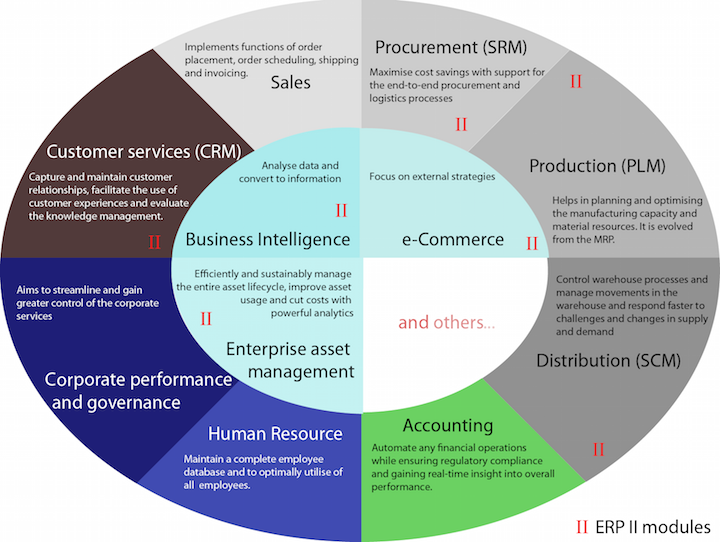With companies like Salesforce exhibiting consistent YoY growth of more than 30%, the opportunity there for companies to enter the market and succeed with a SaaS business – at least in the US, European and ANZ markets. But whilst the US market commanded over 60% of the global SaaS spending at the end of 2014, China had just a 3% share. However, there are signs of strong growth especially in e-commerce which is ~2x the U.S., spearheaded by Chinese giants Alibaba and Tencent-backed JD.com. If you focus solely on mobile e-commerce, China is 5x and growing faster than the US.
I spent some time in the country recently, and was able to discover some fascinating insights from business leaders on the state of play in this diverse, unique market laced with opportunities.

Differences in Chinese SaaS
Given the differences in market maturity, SaaS in China is generally more focused around “tools”, such as cloud storage and video-conferencing. Also large-scale solutions, for example in the healthcare sector, are showing some promise.
The U.S. market on the other hand, tends to be more focused on enterprise SaaS – CRM solutions such as close.io, and many Enterprise Resource Management (ERP) solutions, such as in the diagram below:

There are similarities, however.
Many of the market drivers for moving to a SaaS model are the same – and these drivers still exist in the Chinese market. Tighter capital budgets force a focus on leaner alternatives with lower upfront expenditure. China is currently transitioning towards increased productivity over sheer workforce power (see below), and SaaS facilitates an important step towards this. Secondly, the improved, more predictable ROI offered by SaaS is also a large factor for both Chinese and Western companies alike.
Other similarities between the two markets include some of the challenges in SaaS adoption – these typically apply globally. Concerns around security, authentication and access control lead to unease in large corporations, who in transitioning to SaaS are often giving up a lot of control they have traditionally commanded over large-scale enterprise solutions. The Chinese Government is especially strict when it comes to data travelling outside of its jurisdiction, but is actively encouraging businesses to buy from Chinese SaaS, rather than foreign competitors.
Finally, the same concerns can be found in both markets surrounding cloud-based solutions which require a reliable always-on internet connection. Whilst connectivity is constantly improving, with significant Chinese infrastructure improvements in 2015, the risk of downtime still looms – leaving many SaaS products effectively useless.
In Q2 of last year, China’s average Internet download speed was 3.39 Mb/s, close to the global average but far behind other industrialized countries, who have average download speeds closer to 8 Mb/s.
– Lisa Hanson, Forbes
You can read more about Chinese data protection law here.
The Chinese SaaS sweet spot is close
As Peng T. Ong (co-founder of match.com) discusses on TheNextWeb, up to a point in the Asian market, it has traditionally been cheaper to simply throw more people at a problem. But when the GDP per capita hits a certain “sweet spot” ($8,000-10,000 per year, Peng suggests) a tipping point occurs, where businesses start to focus more on increasing productivity and effectiveness of solutions – and that’s where enterprise SaaS solutions really shine.
Right now, China is sitting at a GDP value of nearly $7,000 per capita – meaning that things should start to get very interesting in the near future.
So, the question is, can foreign (non-Chinese) SaaS companies capitalise on this opportunity?
Foreign SaaS in China faces an up-hill struggle
High profile online businesses have tried and failed to enter the Chinese market, including Groupon and eBay, both of whom were unable to compete with domestic competition that had a better knowledge of the market. The same applies to SaaS – if you’re planning to do business in China, you’ll encounter a maze of legislation and law which is prohibitively hostile towards foreign businesses. Here are a few options, along with their problems:
- Host your SaaS outside of China. All traffic will have to pass through the Great Firewall, meaning that the connection will be slow, inconsistent and at risk of being blocked permanently if you trigger any one of the many restrictive filters. If you’re a cloud storage SaaS solution, or you host user-created content of some kind, this is almost certainly not an option for you. There are also many other caveats to this approach. Also supporting tools from Google are blocked.
- Host your SaaS within China. For this, you’ll require a commercial ICP license to have a web presence in the country. And unfortunately for you, a foreign entity cannot obtain a commercial ICP license in China. This option is a no-go.
- Re-sell your SaaS within China through a licensing agreement with a 100% Chinese entity. These are commonly referred to as “Internet Portals” The SaaS must be provisioned and hosted by the licensee, offering you little control over how the operation is coordinated. This is realistically the only feasible option, but still poses some (huge) challenges. If you want to read more about selling SaaS in China, China Law Blog is full of useful information and resources.
A Potential Solution: Partnerships
One avenue that foreign SaaS companies are (somewhat successfully) exploring when it comes to entering the Chinese market is building partnerships with existing Chinese companies. A great example of this is Zoho, which successfully partnered with Baihui to bring its SaaS CRM, productivity and business tools to market (albeit in a rebranded form).
Partnering with Chinese businesses has a huge advantage in getting around a lot of the strict legal and licensing issues required to have an online presence in China:
“The primary issue for Internet business in China is that all commercial Internet businesses require the website owner acquire a commercial ICP (Internet Content Provider) license. This means that in addition to traditional e-commerce websites, cloud computing, software as a service (SaaS) and software as a platform (SaaP) sites all require a commercial ICP license…This ICP licensing requirement makes it very difficult for foreign software developers to get into the PRC cloud computing market.”
Source: ChinaLawBlog

Doing business in China: Guanxi
One of the key reasons why foreign businesses try, and fail to enter the Chinese market is due to the the cultural differences when it comes to doing business. This difference can be nicely summarised with a single Chinese term, which describes the situation nicely:
guanxi (noun); (in China) the system of social networks and influential relationships which facilitate businesses and other dealings.
In other words, the core of any business deal in China is a strong relationship between the stakeholders involved. Without this strong foundation, which often requires months of relationship-building, you’re likely to fail hard when it comes to doing any kind of business there.
During my time in China, every single company owner and business leader told me that they don’t make any partnerships or deals for their business without at least a dinner (usually multiple dinners, spread over a period of time) and a strong foundation of trust.
Read more about Guanxi in the Forbes article “Want To Capitalize On China? You Better Have Good Guanxi.”
Conclusion
The SaaS market in China lags behind the U.S. by at least 5 years in adoption rate and 10 years in market size (at the current projected growth rate). There are factors unique to the Chinese market that act as roadblocks to accelerated growth, such as severe lags in infrastructure and difficulties in distribution. In addition to this, the lack of presence of big-name foreign SaaS companies doesn’t do anything to promote and encourage further growth. However, one can’t ignore that the market in China remains huge – on a scale that far outweighs that of the U.S.
